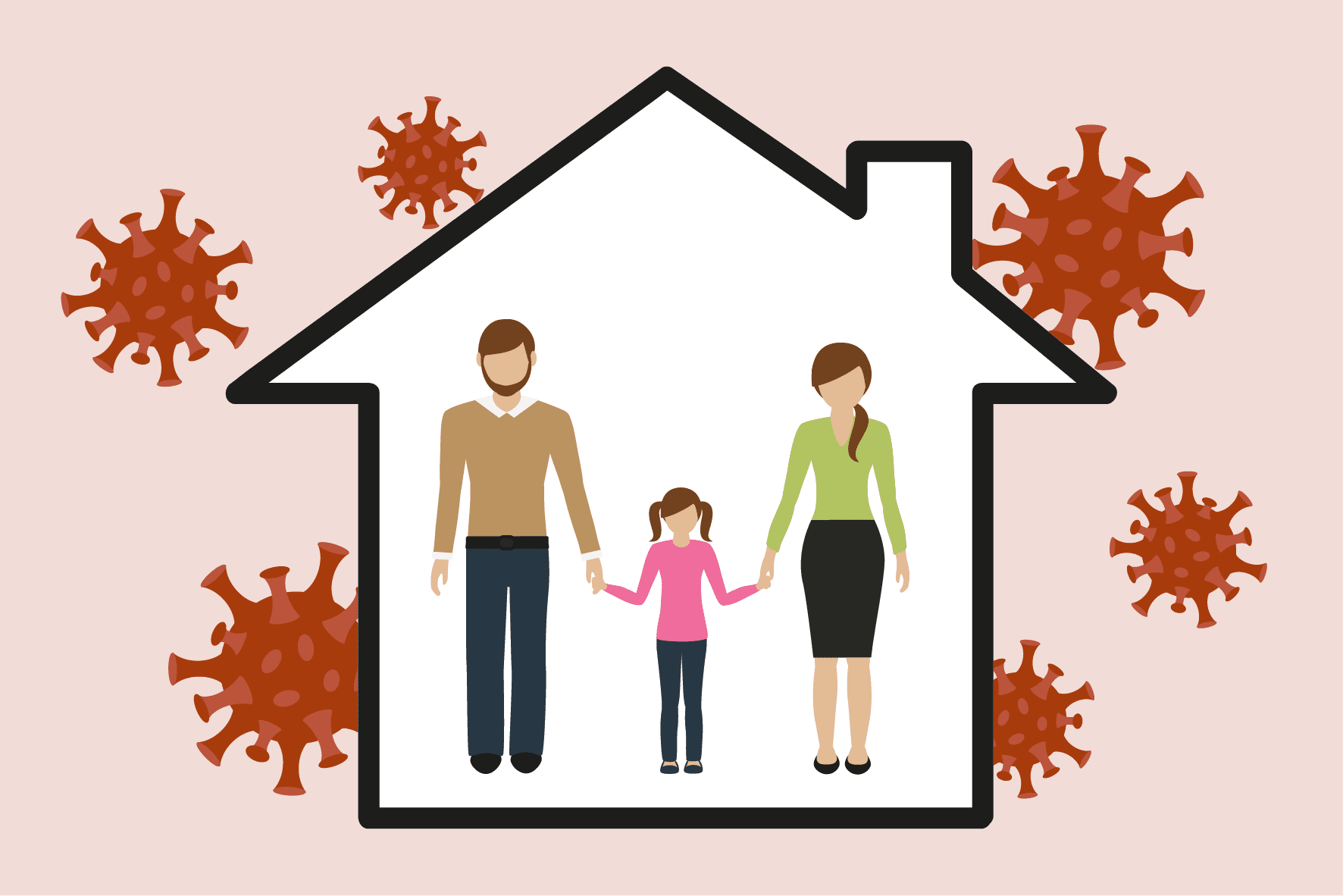
Families First Coronavirus Response Act Provides Benefits and Tax Relief for Many
By Tawny Rodriguez (TawnyR@squire.com)
The Families First Coronavirus Response Act (FFCRA), passed by Congress and signed by President Trump on March 18, 2020, became law 15 days after the signing. FFCRA provides benefits such as paid sick leave, free coronavirus testing, expanded food assistance and unemployment benefits, and requires that employers provide additional safeguards for health care workers. For many, it provides welcome support as employers and employees deal with the extraordinary effects of COVID-19 on the workforce and economy.
Impact for Employers and the Self-Employed
Under the FCCRA, companies with up to 500 employees are covered, there is no 50-person minimum (as with the Family Medical Leave Act), and some benefits are available to the self-employed. Companies with over 500 employees are not covered in the bill.
Additional key points for employers:
- Tax credits are available for 100% of what is paid out to employees with the above noted limits – The credit is applied against the employer portion of taxes, better known as the Social Security tax.
- An exemption can be granted from the Secretary for Labor if an employer has fewer than 50 employees.
Impact for Employees
An employee may qualify for coverage under this bill related to COVID-19 if he or she is:
- Subject to federal, state, or local quarantine or isolation.
- Advised by a health care provider to self-quarantine.
- Experiencing symptoms of COVID-19 and seeking diagnosis.
- Caring for an individual subject to quarantine order or advised to self-quarantine.
- Caring for their own children if the school or childcare facility is unavailable as a result of COVID-19.
- Experiencing any other substantially similar condition specified by Health and Human Services in consultation with the Department of the Treasury and Department of Labor.
Key to note in the above is that coronavirus does not need to be confirmed in the individual to receive the benefit. Orders to quarantine, signs of symptoms, or simply virus exposure qualifies. This prevents an overload on the health care system to achieve tests for qualification.
Additional key points for employees:
- While normally FMLA is unpaid, the FFCRA grants that employees who are sick and on leave are eligible for their full pay for up to two weeks (up to $511 per day, $5110 total).
- There is some relief for childcare that is not normally covered. If leave must be taken because of childcare or school closure, two-thirds of the employee’s regular rate of pay is available for up to 12 weeks (up to $200 per day, $10,000 total).
- The FFCRA prevents employers from mandating employees use vacation or sick time before receiving the benefit.
- These benefits apply to part-time workers at the average rate they would work during the two-week period at the limits presented above.
- A 10-day waiting period does apply before the benefit can be used. Employees can use sick or vacation time to cover the waiting period.
- The sick leave benefits put in place are effective for coronavirus-related leave for the next 12 months.
Learn More Now
The bill itself provides a large umbrella of benefits with complex guidelines. We are here to provide you additional information. For assistance or questions, contact Squire with this simple form and a team member will be in contact within 24 hours.